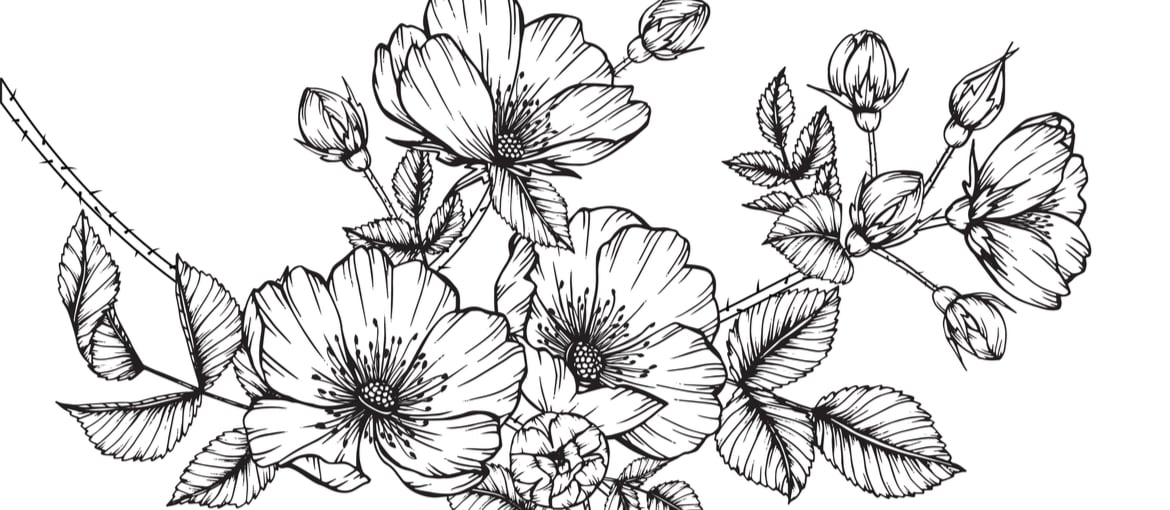Table of Contents
The dictionary definition of an illustration is an image that illustrates a text. Some take this further, and say that the etymology of the word means it should make the text shine. Others, more prosaically, state that illustrations have long accompanied the written word – silent, dreamlike, sometimes didactic, sometimes decorative – ever since the first books were produced 1,000 years ago. Although, when you think about it, humans have actually been accompanying written texts with images since the time of the Egyptian pharaohs.
Illustrations not only satisfy a need to explain better and say more, they also stimulate the reader’s imagination, helping to create images in people’s minds and give shape to oral stories. Just think how difficult it would be to visualise a description of a rhinoceros without ever having seen one…

Illustration is always universal and hypothetical, and draws on the imagination. Even when it is realistic, its representative nature is always clear, and it is never confused with reality as happens with photography.
Without getting too bogged down in technical explanations, this article will look at they ways illustration is used: what the point of it is, where it is employed and what results it produces. We will see that using illustrations for visual communication has many benefits in all sectors, not least in publishing.
Illustrations grab people’s attention
This is the most obvious point. Since the launch of the web, it has been possible to measure to what extent texts accompanied by images attract the public’s attention more: it turns out a text with images provokes on average 15-20% more interest than one with text alone.
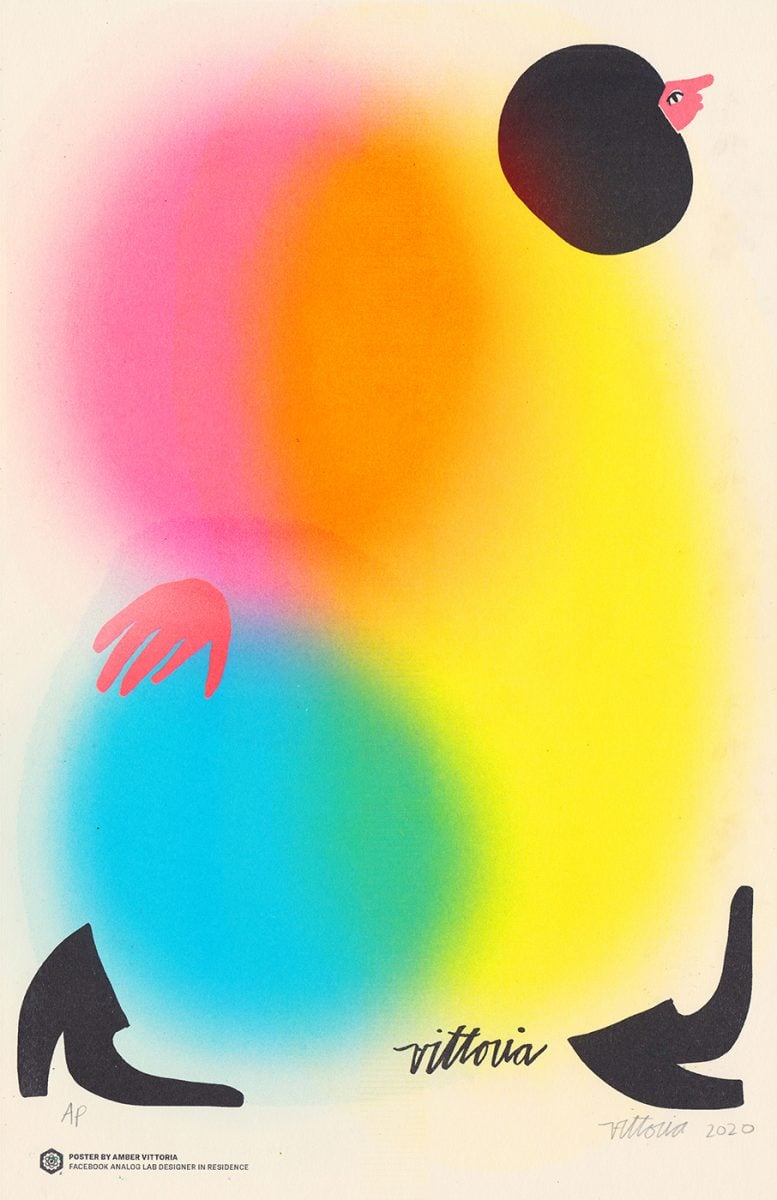
Illustrations adapt to the context
Illustrations, and especially those produced digitally, can easily be adapted to fit the graphics around them. The background and other elements can recall the artwork or colours in the project where they are being used.
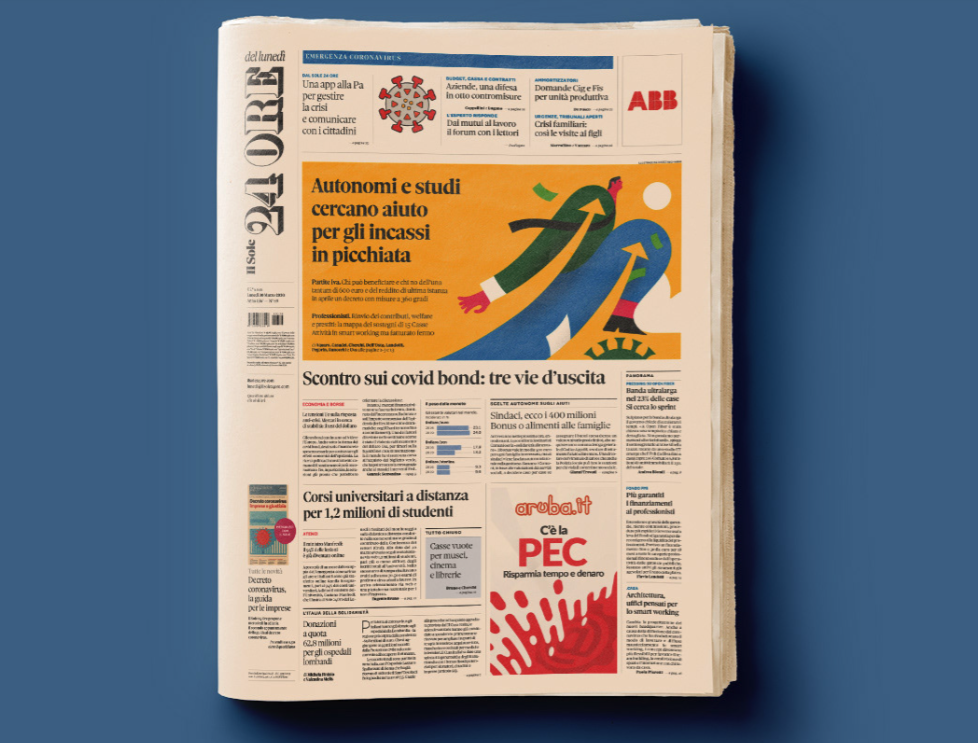
Illustrations are affordable
While it is difficult to generalise on this point, we can safely say that a good illustration costs less than a good photograph, especially given that it can be tailored to the needs of the person commissioning it.
Illustrations improve understanding
Any well-designed and correctly employed image will improve understanding of the texts it accompanies, but illustration can easily make use of metaphors, paradoxes and symbolism to increase the level of comprehension, creating active engagement with the reader, who must use their powers of reasoning to work out the connection between the image and the text.
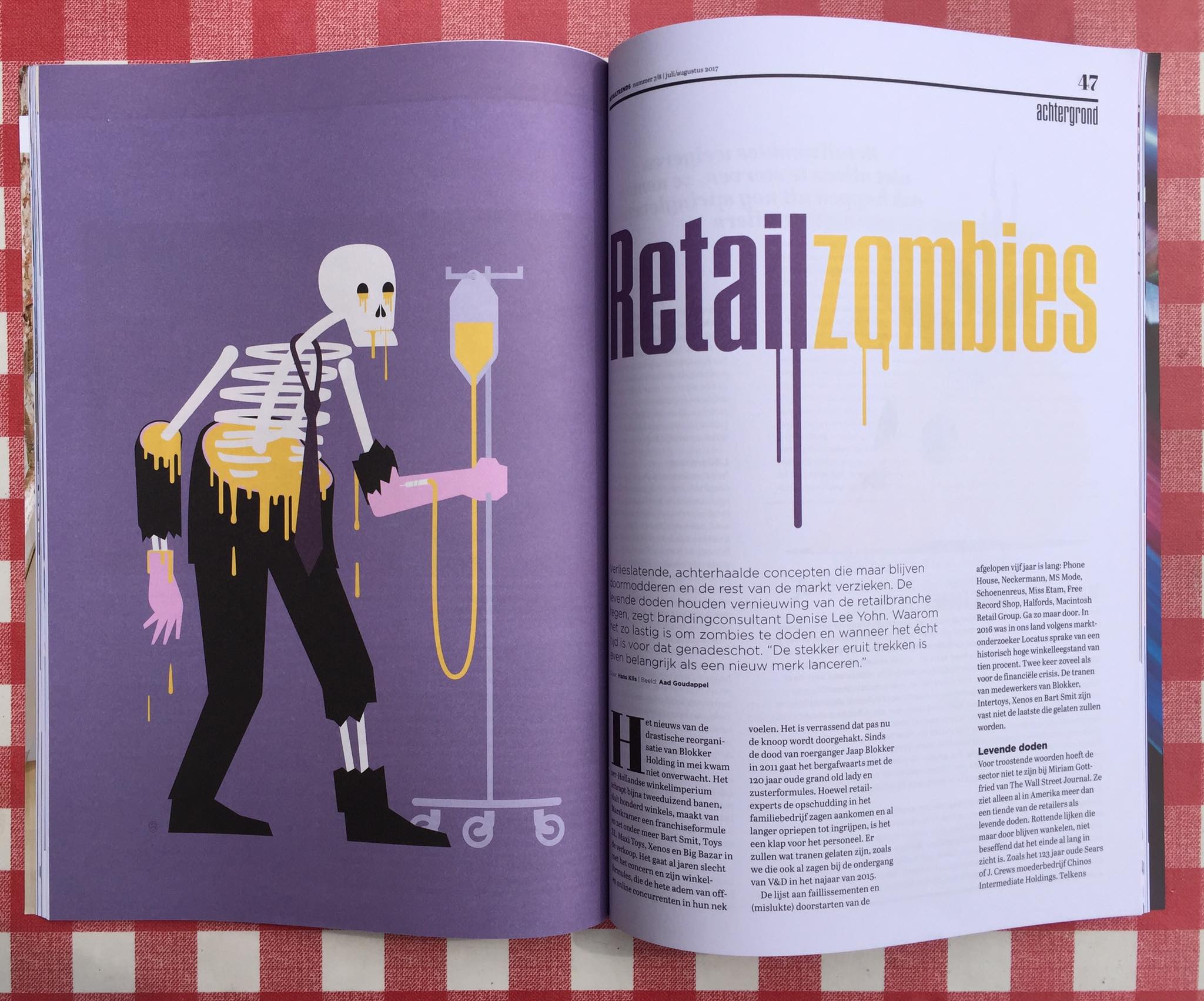
Illustrations guarantee originality
Once again, it is difficult to generalise here, because many illustrators simply repeat tired clichés or copy their more famous colleagues, but illustrations tend to be more likely to be remembered and remain imprinted in the memory, especially when, as described above, they are designed to actively engage the viewer. It goes without saying that merely decorative illustrations, no matter how well done, generally do not make such a lasting impression, even if they are very striking at first glance. A bit like a nice wallpaper…
Illustration is also one of the best tools for depicting abstract concepts and emotions, accompanying stories and freeing the imagination. Whenever illustrations become too didactic or realistic they risk losing their power, unless they are produced by a highly skilled artist.
For more intangible scenarios, however, illustration is surely hard to beat.
Illustrations: where can you use them?
The advantages listed above, music to the ears of every designer and art director on the planet, will be very familiar to those who make regular use of illustrations.
Often, however, people only envisage this visual communication tool being used in the field of publishing (books and magazines) or on posters, most frequently in the cultural sector or to promote various types of services, rather than in advertising. But, as we’ll discover in later articles to be published here on Pixartprinting’s blog, illustration can be used effectively in all areas of visual communication.
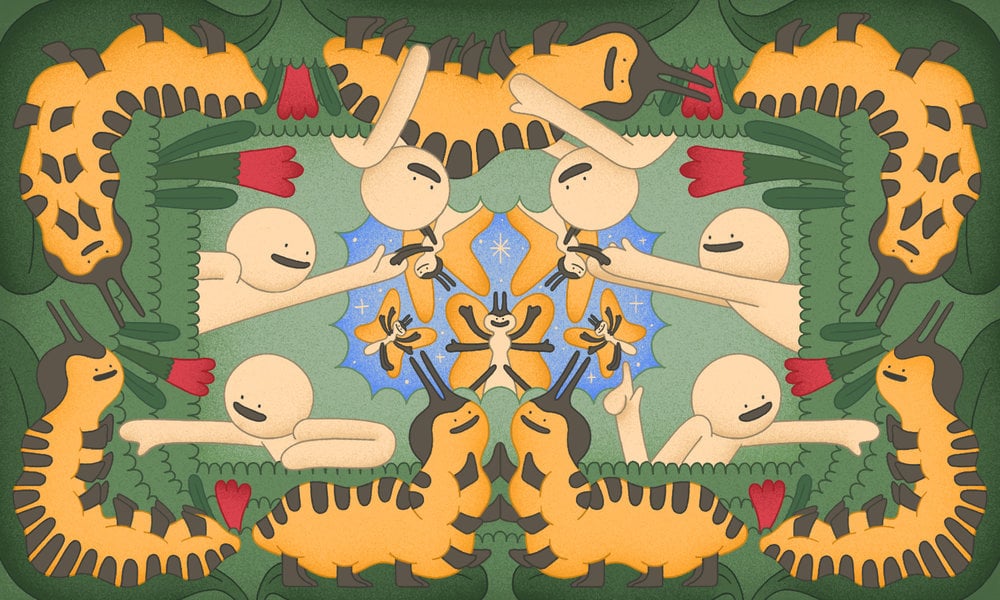
Here are a few examples: some very common, and others more unusual, but paradigmatic.
Decorations and installations in stores and shop windows
Many fashion brands and other firms make occasional use of illustrations, mostly in collaborative projects with artists, who can put their images on products and then ‘expand’ them into other media and other places to promote the partnership.
More mundanely – and with more anonymous results – we have also seen illustration used to accompany large explanatory posters in banks and insurance offices, charity organisations and various service centres.
Decorating walls
When illustration is created in larger formats, it overlaps with street art: murals, or wall paintings, are often used to decorate large stores (we’ll look at one particular example, La Rinascente in Milan, later), hospitals, especially children’s hospitals, the outside of factories and shops, and the inside of hotels, restaurants and bars.
Enhancing interest
Illustration (paired with high-quality infographics) has become essential for reports of all types – from financial statements to corporate social responsibility reviews. All sorts of organisations, from charities and banks to listed companies and NGOs, use small or full-page illustrations to make these kinds of products less boring.
Public service communication
In my view, illustration should be used more in this area, not only because it can fulfil specific aims and be created specifically to meet the requirements, but also to make a clear distinction between this kind of communication and commercial marketing and advertising.
Cultural communication
As we mentioned above, cultural organisations, major institutions, theatres, museums, exhibitions and festivals all tend to commission lots of illustrations – the way this kind of image can grab people’s attention, stick in their memory and adapt to the surrounding graphics makes them a versatile and efficient tool in this sector. Once again, using illustration sends a different message from photography, immediately highlighting that it is not commercial. Indeed, even when photographs are used to promote cultural activities, they tend to be developed and placed within very impactful graphic designs (see, for example the entire visual identity of the MUDEC museum in Milan) to ensure this difference is maintained.
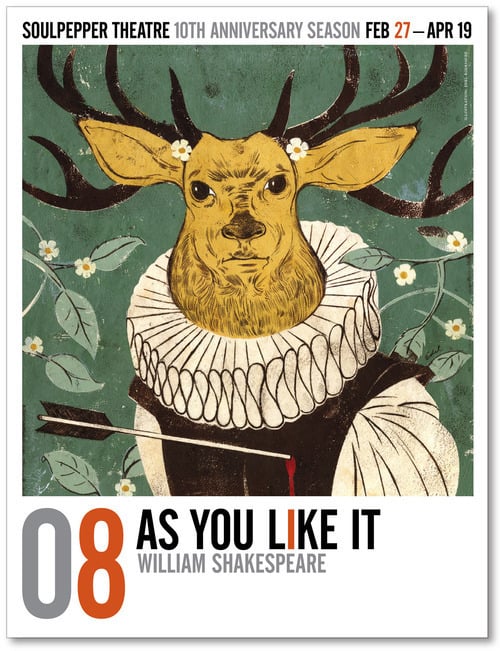
Digital versatility
Digital magazines and web portals are increasingly using illustrations not only in the various parts of the website’s graphic design (headers, icons and special contents) but also to make news updates stand out and to give their blogs a recognisable look.
Fully digital magazines, such as the beautiful Nautil.us or the New York Times’ ‘supplements’, are now adding animation to some of these images, so the movement – even if it is just a single element of the design – attracts our attention.
As we will see in future articles, the illustrating profession is undoubtedly one of the fastest evolving in the world of digital communication, and illustrations will be given increasing amounts of space. Meanwhile, graphic designers will shift away from creating single images or content designed to attract attention, and instead will design entire visual systems.


